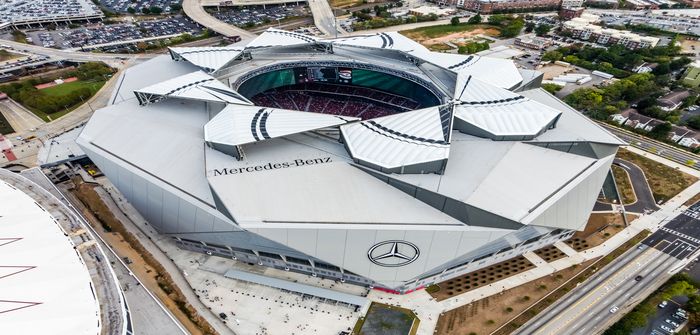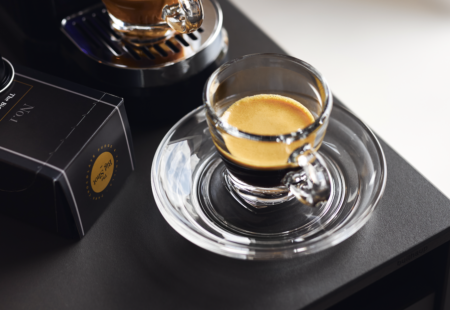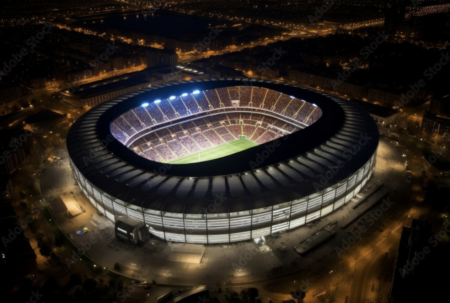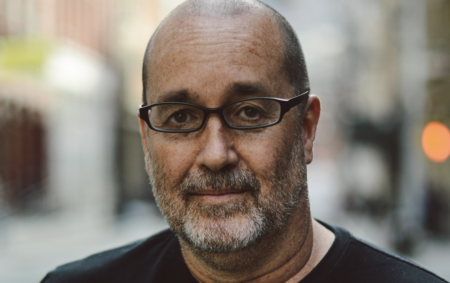When Mercedes-Benz Stadium became the new home of the NFL’s Atlanta Falcons and MLS side Atlanta United in 2017, not only did it showcase a ground-breaking design, it also introduced a novel food and beverage initiative to raise fan satisfaction.
In 2017 Mercedes-Benz Stadium (MBS) in Atlanta, Georgia, USA, became the new home of the NFL’s Atlanta Falcons and MLS side Atlanta United. Not only did the US$1.6bn stadium showcase ground-breaking design such as its retractable roof, but a novel food and beverage initiative was introduced in an effort to raise fan satisfaction.
Fan First pricing saw the cost of favorite items slashed by 50%, yet despite lowering prices the MBS witnessed average fan spend and consumption both increase and its F&B ranking from fans raise from 18th in 2016 to first in 2017. Behind the new fan fare, Mike Gomes, senior vice president of fan experience at Mercedes-Benz stadium, spoke to Stadia about how the F&B offering went down.
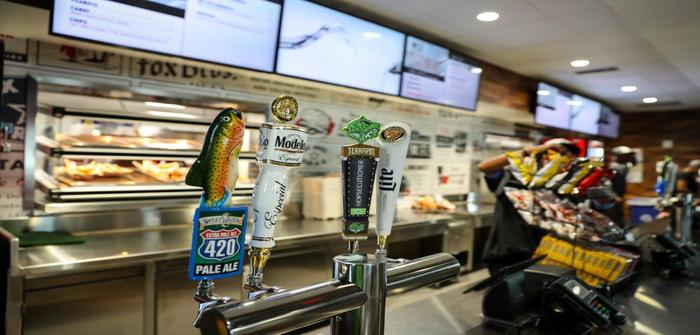
Tell us how the Fan First program originated …
If you look at fan feedback from research you notice that food and beverage is one of the most important factors [on game day], however we noticed the industry as a whole doesn’t perform well in terms of value, while quality and variety also isn’t great, plus fans are having to wait too long in line. This was the genesis of how we looked at food and beverage differently.
Before we ever broke ground on the new stadium we knew we wanted to introduce this. Owner and chairman Arthur Blank said, “We’re going to lower food so it’s fair for fans and family”.
So, in May 2016 we announced Fan First pricing where fan favorite food items would be sold at different prices: US$2 for hotdogs, pretzels, fries, and pizza, a US$2 refillable soda – more than a 50% decrease in prices from the Georgia Dome and more than 50% less than other stadiums charge.
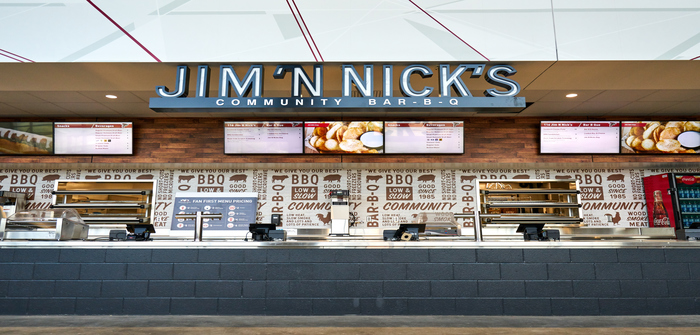
How did the fans react?
We’re seeing a much higher consumption model. By the end of the first quarter of an NFL game we’re seeing as much consumption as we used to see in a total game at the Georgia Dome. That’s approximately 140,000 units of food and beverage. Fans are buying more.
Whereas before fans would have to choose between this or that, now they can [buy] this and that. At the end of our first NFL and soccer season [at the stadium] we are number one in the league in all of the important metrics: food and beverage, quality, variety, speed of service, and value – so the fans have reacted very positively.
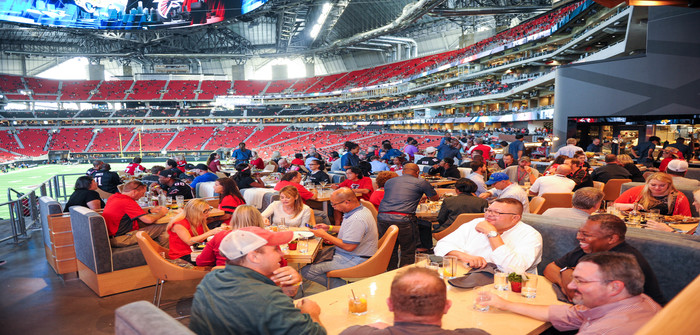
How did Mercedes-Benz Stadium prepare for the new F&B program?
We have 65% more points of sale than what we had at the Georgia Dome, so that’s well over 600 registers where people can buy food and beverage. This again was implemented for a number of reasons with the first being speed of service. If you’re going to lower prices and increase demand you need more points where people can purchase a beer or pizza. But interestingly, what this has done is help open up variety. With more points of sale you can introduce specialty carts and beers.
Essentially, we didn’t just lower prices, we made sure we offered variety, maximized variety, and delivered fast speed of service – they all contribute to help Mercedes-Benz Stadium stay number one in the league for F&B satisfaction.
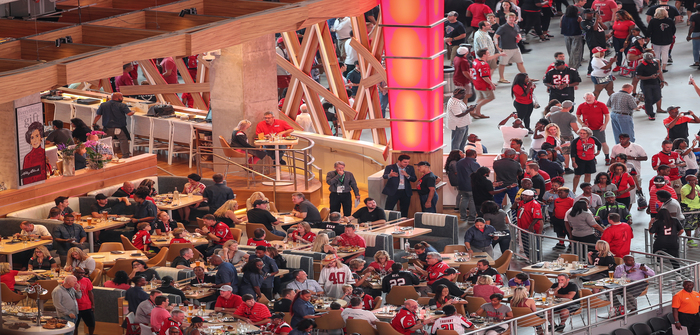
Have you seen any changes in fan behavior as a result?
We’ve certainly seen some behavioral changes – a full season into the program we’ve consistently seen fans arriving earlier to the stadium, an hour before kick-off.
We’re also seeing fans choose to move into more specialty items, willing to spend a little more money because it’s still priced fairly. For instance, they might choose the loaded premium nachos rather than the standard nachos because they’re still cheaper than at rival stadiums.
Was a sustainability initiative introduced to help with all the extra consumption?
We achieved LEED platinum award at the stadium at a construction level and to not do it at an operations level would fall short of our goals that Arthur Blank set out. The general manager of our stadium happens to be the head of a group called the Green Sports Alliance, so everything from reclaimed water to recycling to composting, and taking leftover food to local food banks and the use of recycled plates, is all part of the system. Even our sodas are refillable, meaning only one cup is used. Environment and sustainability is part of our overall success model.
Were there any particular challenges with the new program?
There were several. At the design level we built models that anticipated not just overall demand, but the demand at every stand, particularly certain ones that would feel pressured to sell certain items, and those which might run out. The problem was that we had no other stadiums to compare to as no one else had done this before.
We created models where demand exceeded [concessions] and could have come with storage and replenishment challenges, but we built the back end infrastructure that can keep up with demand.
We can always improve but I’d like to think we have done a good job, particularly on delivering through back-to-back events where we hosted 70,000 fans at an NFL game, then an MLS match the next day.
Has the F&B offering changed within the VIP and hospitality areas too?
Even with our most premium field level clubs, such as the Mercedes-Benz Club and Delta Sky360 Club, the Fan First pricing model extends there too, where fans can also buy a US$2 hotdog or US$5 cheeseburger.
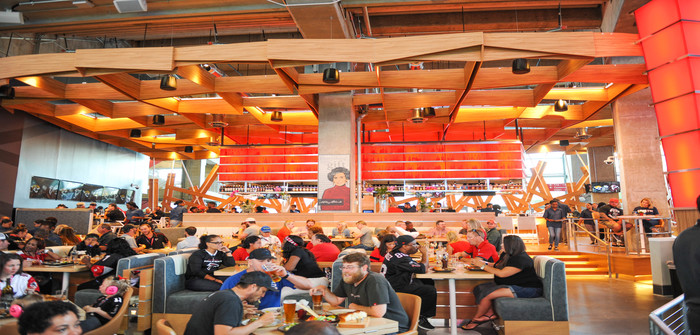
The suites follow the more traditional model. What we see behaviorally is that if businesses are entertaining guests, they’re paying for a higher end service at that point where food is brought to them and served on china with silverware. They’re paying for the service, not just the food. But suite owners can easily access the concourse to locate lower priced food options.
How can you sustain the number one ranking?
We have a couple of core values that come straight from Arthur Blank and one of those is: “There is no finish line”. There’s no guarantee we’ll stay number one so we implement a system called ‘Listen and Respond’.
For example, we don’t wait until the end of the season to make changes. We listen to qualitative feedback, look at ones that are actionable and put it into effect by the next game.
February 8, 2018


